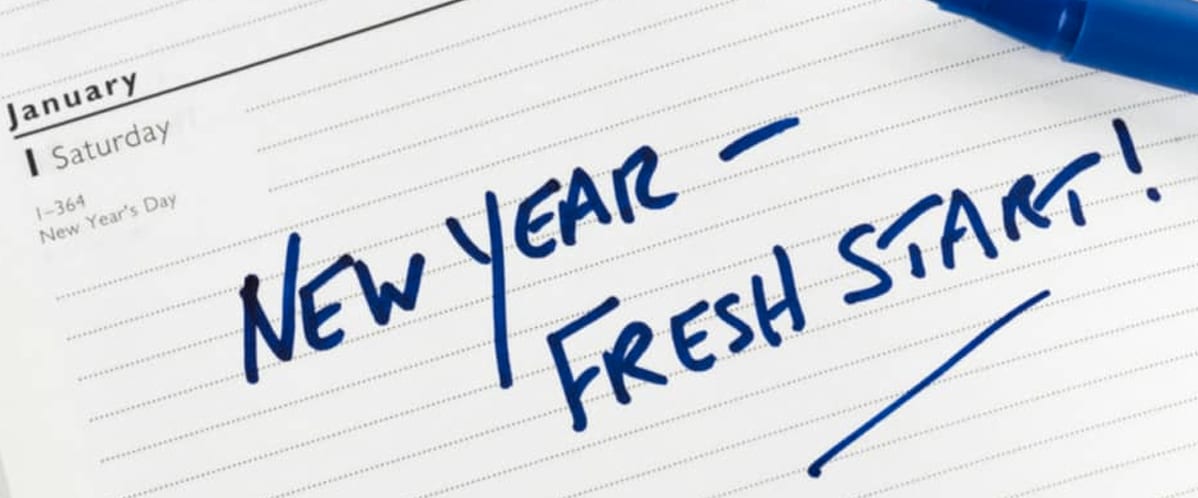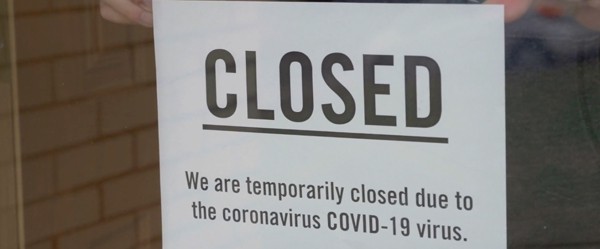If you want to take your wholesale business to the next level, you will need to offer credit terms to your customers. Offering credit comes with a whole other set of responsibilities, as collecting on this credit in a reasonable timeframe is essential to ensuring your business’s cash flow. Their needs to be a balance between maximising collections and providing enough credit incentive for your customers. Difficulties often arise when creditor payments take longer, and cash conversion from your accounts receivables slow down. It is essential that customers pay their dues on time to support the supply chain and the liquidity of your business.
The importance of Day Sales Outstanding
Most businesses, and especially wholesalers, will have an accounts receivable team to track, collect and optimise this process. The best way to measure how effectively your company’s accounts receivables are being managed is by using an accounting metric called Day Sales Outstanding (DSO). DSO is used to gauge how many days it takes a customer to pay their outstanding invoices. The lower the DSO, the faster you’re converting sales to invoices and then collecting cash from the debtor. The higher the DSO, the more likely there is an issue somewhere along the credit chain.
Monitoring your DSO is essential for any wholesaler. An increasing DSO is a sign that your customers may be abusing your terms and that your collection processes are slacking. A worsening DSO will also impact your cash flow as funds are effectively locked up by your customers, instead of being used to re-invest in your company. Here are our best tactics to improve your business’s DSO:
Establish Regular Communication and Reminders
You need to do your best to nurture a positive relationship between your business and your customers – outside of the goods you deliver. Your accounts receivable department should keep constant (appropriate) contact with your customer’s account payable team using multiple methods to do so. This might start by sending regular payment reminders, making sure overdue invoices are not forgotten. Ideally, reminders should be sent automatically by your accounting systems or alternatively, by text or email.
For an added personal touch, encourage your team to make contact using the phone. This allows them to speak one-on-one with their accounts staff counterpart and develop a personal relationship. Your customers are more likely to remember to pay a friendly face (and voice) than another email in the already overflowing inbox. Phone calls are also a great way to sell clients on new offers or even reward them for early payments.
Automate Your Billing Process as Much as Possible
Another strategy to keep your DSO as low as possible is to ensure you have effective payment collection processes and systems set up. It is uniquely your responsibility to set and communicate clear payment terms and bill your customers on time. The sooner you send the invoice to your customer, the quicker you will get paid. Physical invoices are not okay in 2020 – you need to get digital!
Electronic invoicing (e-invoicing) is a must in the current age. E-invoicing helps your accounts receivables team streamline the billing process by sending invoices with the clock of the button. Your customers receive the invoice instantly, reducing the time it takes for them to process it, and then pay. E-invoicing also automates a significant part of the process, meaning there is a lower chance of the human error that often plagues archaic paper billing.
Use a Third-party Finance Solution to Extend Your Terms
There will always be a balancing act between offering competitive payment terms, minimising your DSO and maintaining healthy cash flow. Typically, a good DSO will run at least five days longer than your stipulated customer credit terms, sometimes up to fifteen days. If your usual terms are thirty days, can you afford to have your customers pay up to forty-five days from when the sale was made? Any improvement you can make to DSO will significantly enhance your cash flow and financial health.
“Accounts receivable financing allows your business to access up to 90% of your verified outstanding invoice value upfront”
There is a limit to how far you can reduce your DSO. Even after implementing the above tactics, you still need to deal with the reality of offering credit terms to your customers. Another solution many businesses use to improve their cash flow while still providing extended credit terms is accounts receivable funding. Accounts receivable financing allows your business to access up to 90% of your verified outstanding invoice value upfront. When your customer pays, and your provider receives the funds, they will remit the remaining 10%, minus a small fee to compensate for the early funding.
Your business can use this cash instantly to pay your bills, hire new staff, secure new suppliers or invest in growth opportunities. This way, your customer’s can retain their flexible payment terms, while your business is able to access funds straight away – it is a win-win for everyone. Your business can now have the confidence to go for larger customers and sales, knowing you can access funds as soon as the purchase is finalised.
Improve your DSO using these strategies and bridge the remaining cash flow gap with accounts receivable finance. Don’t let a lack of cash flow hold your business back. Use your unpaid invoices to unlock tomorrow’s cash today with OptiPay.



